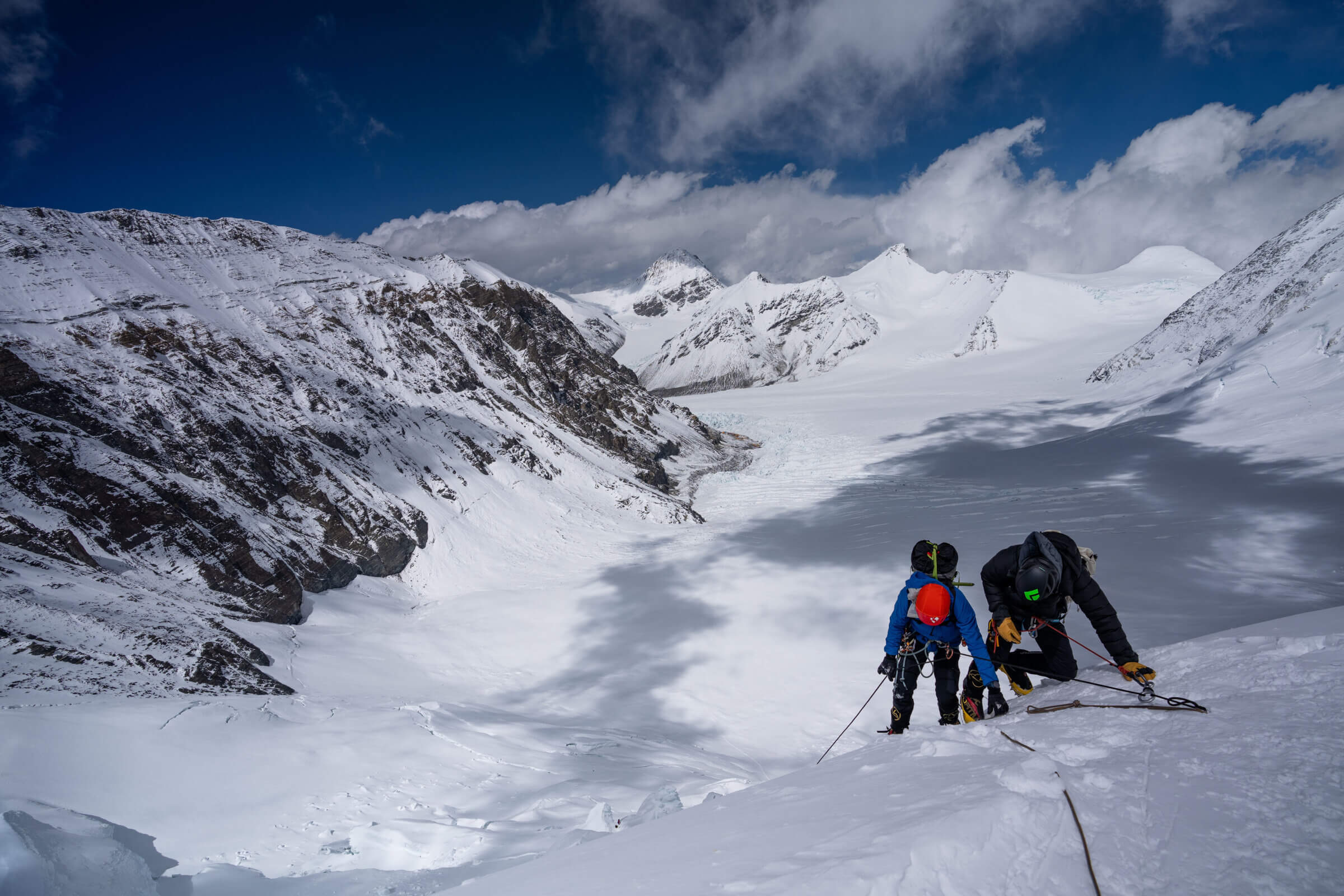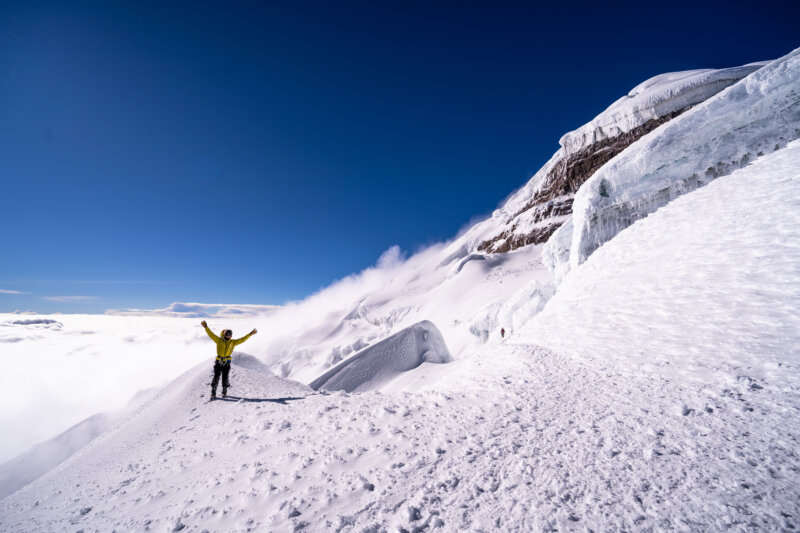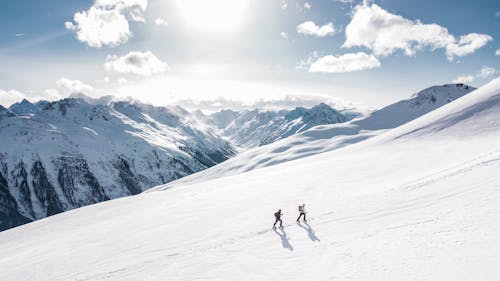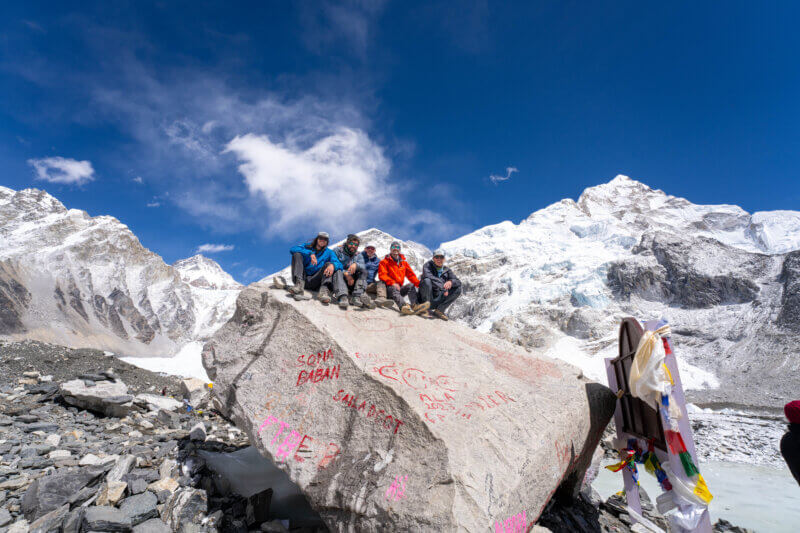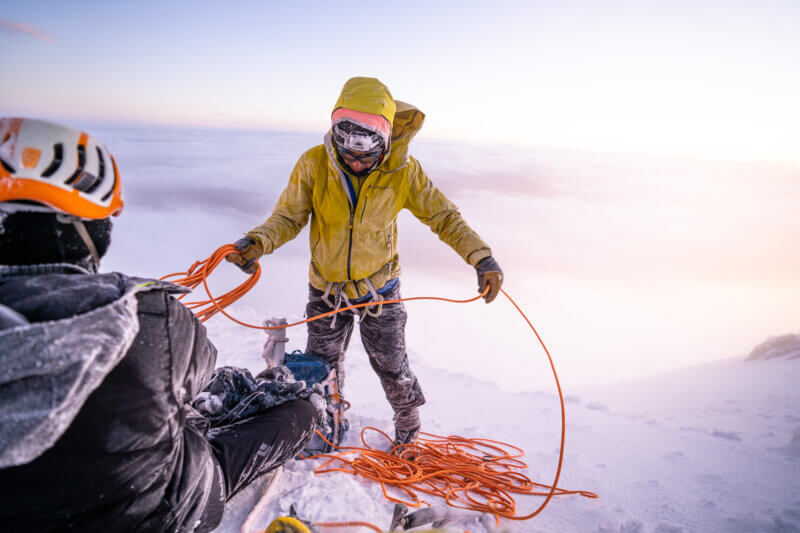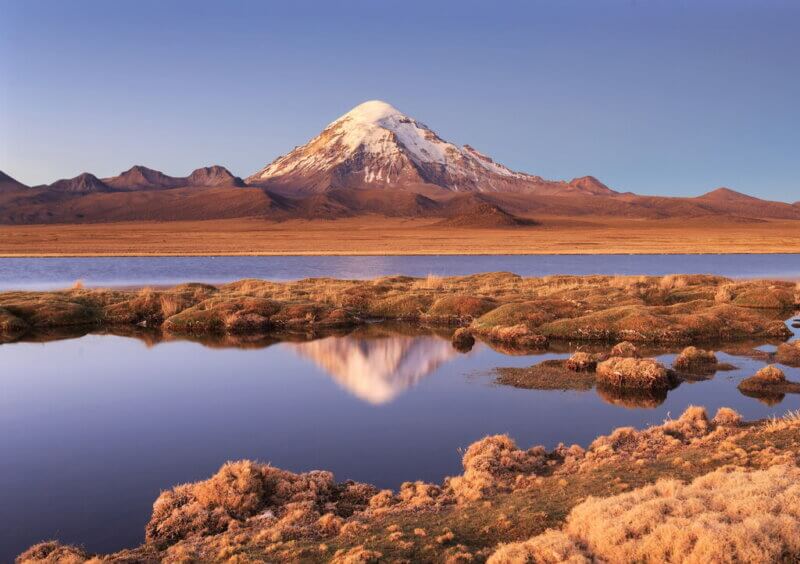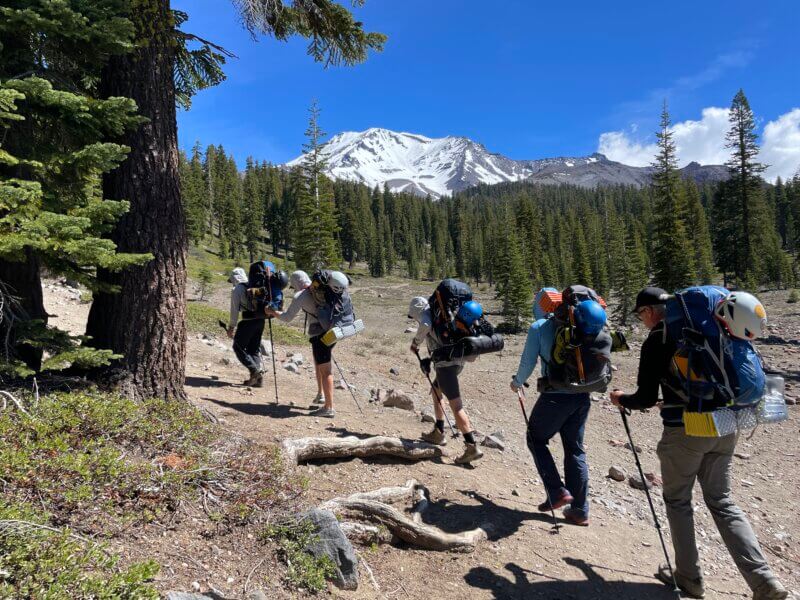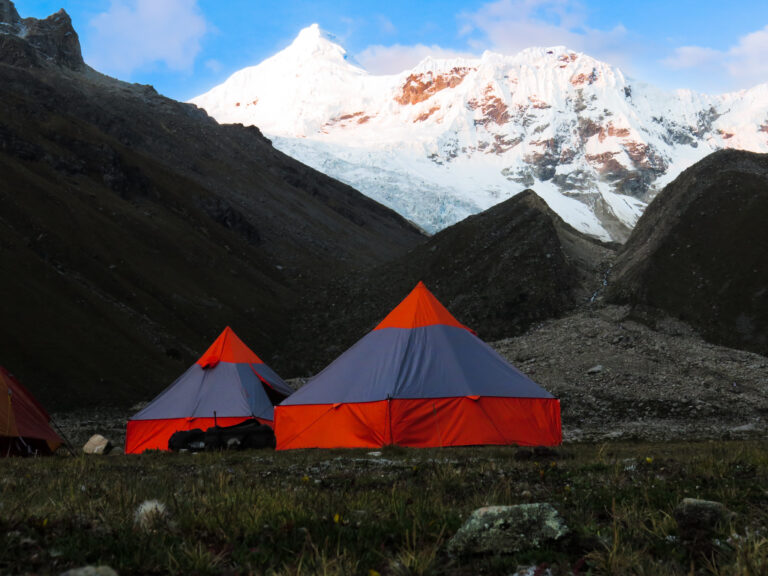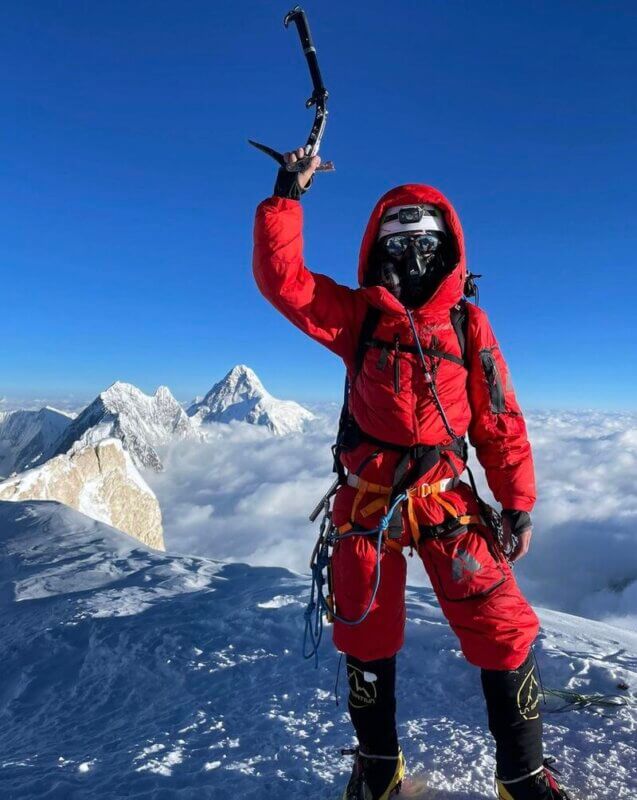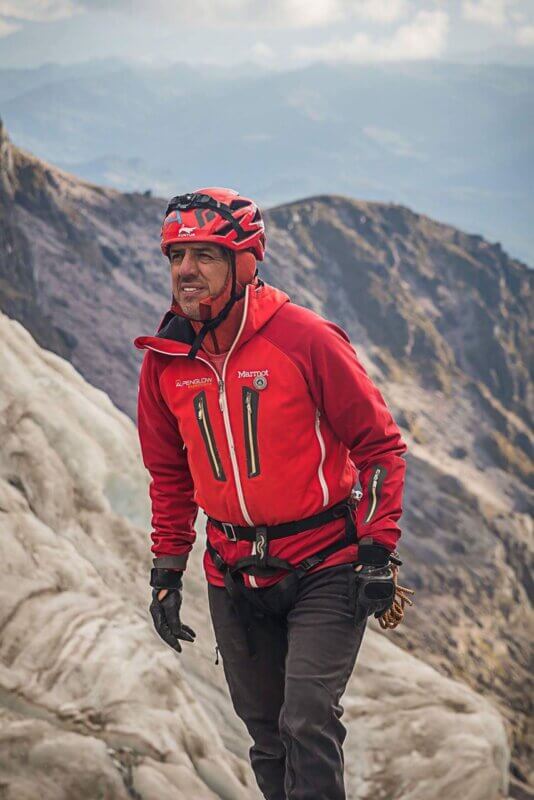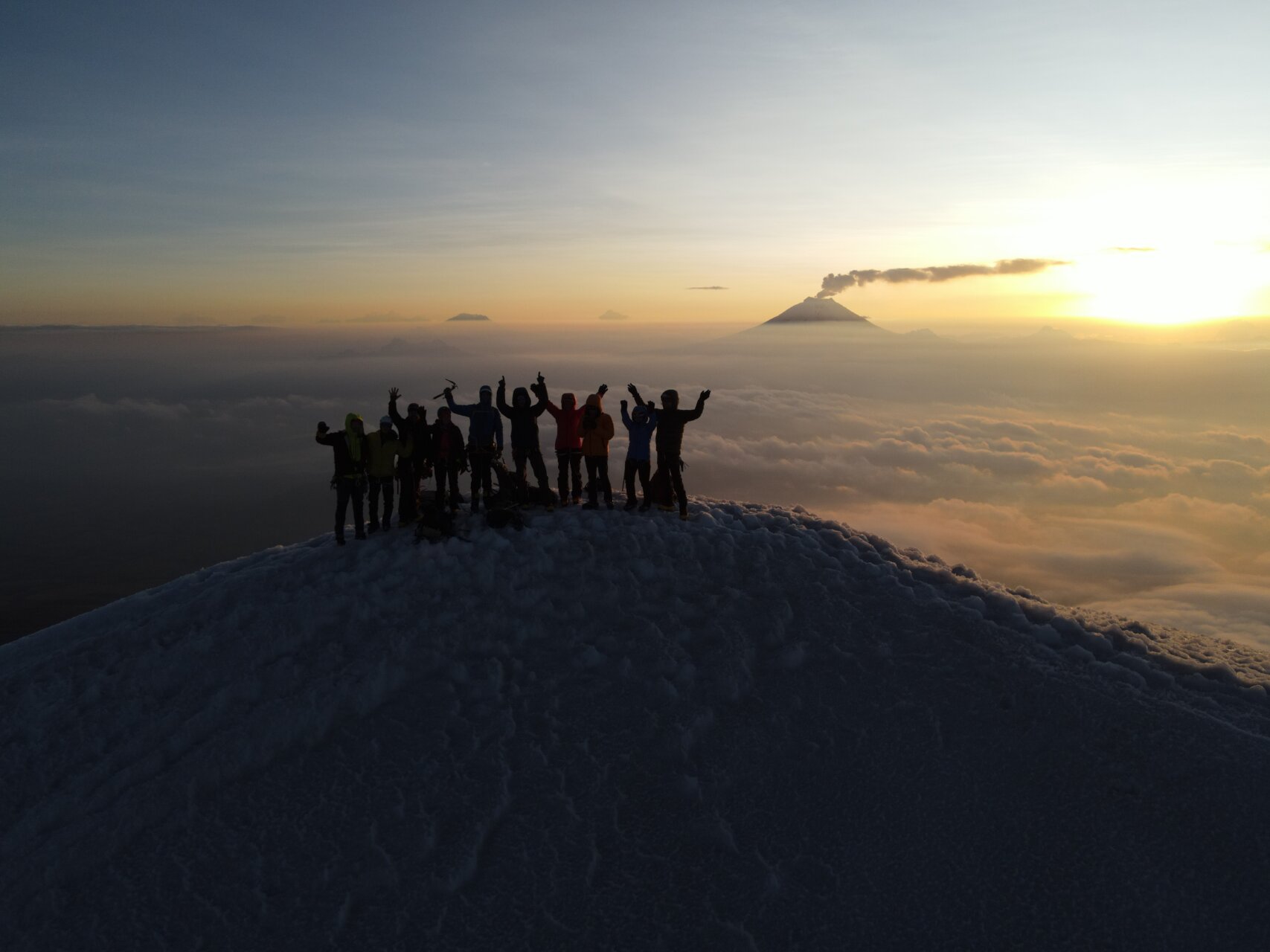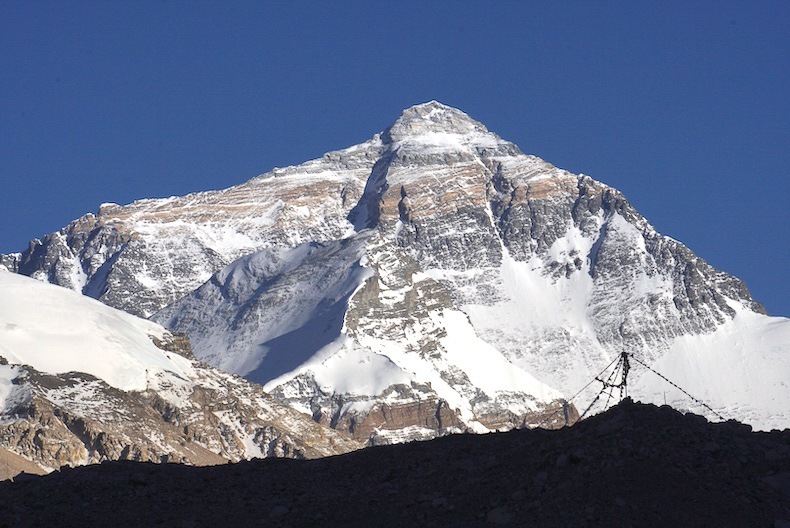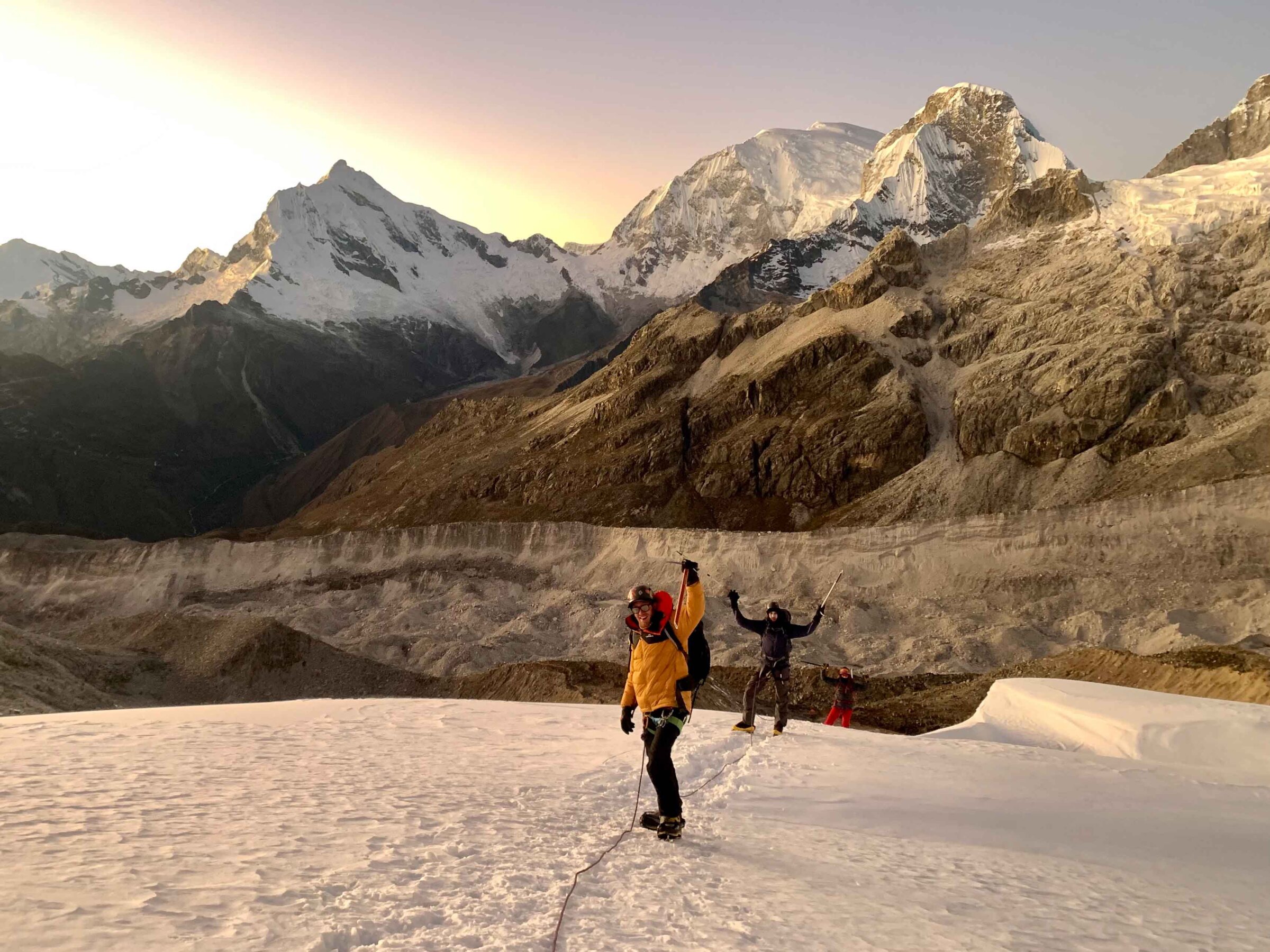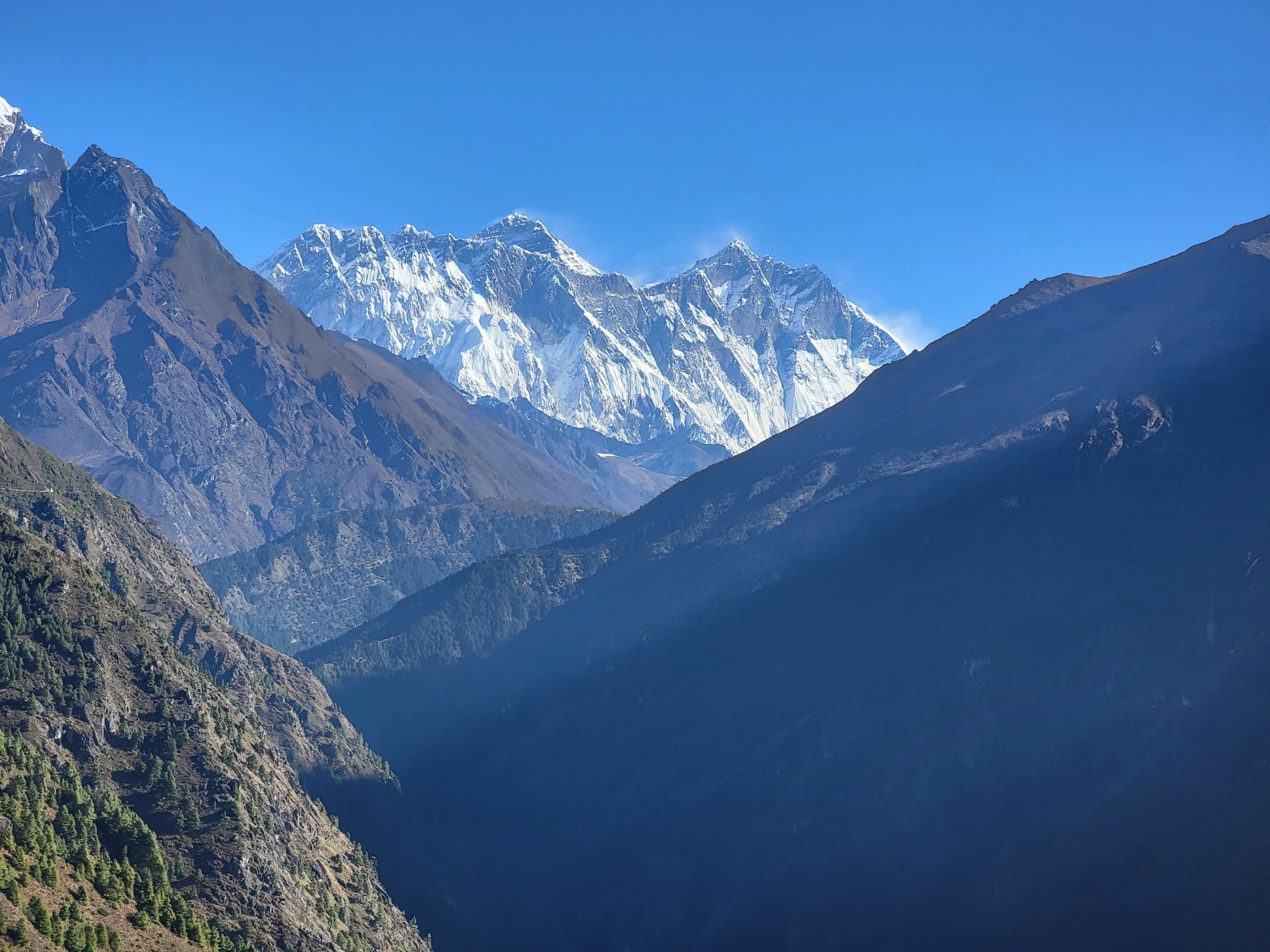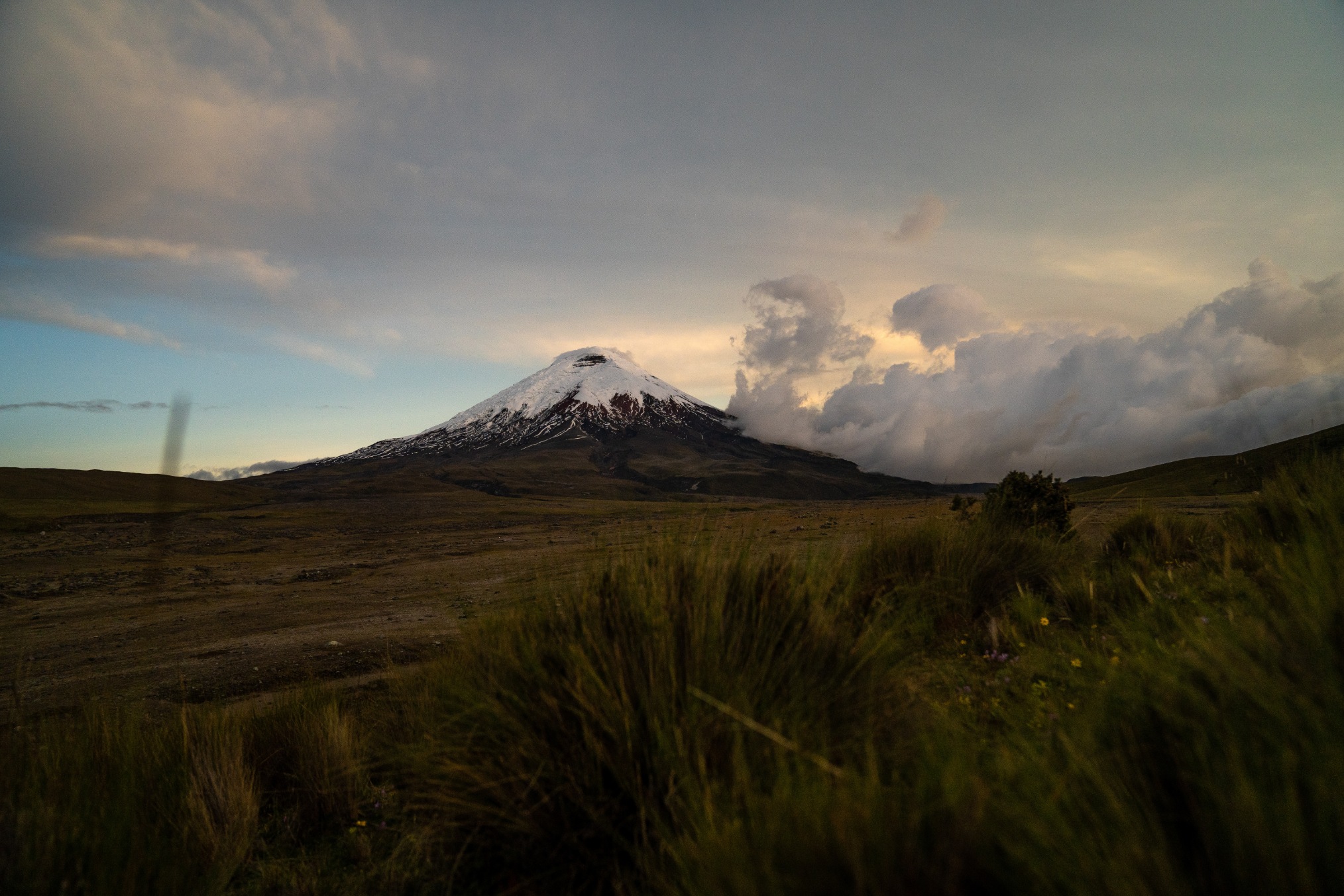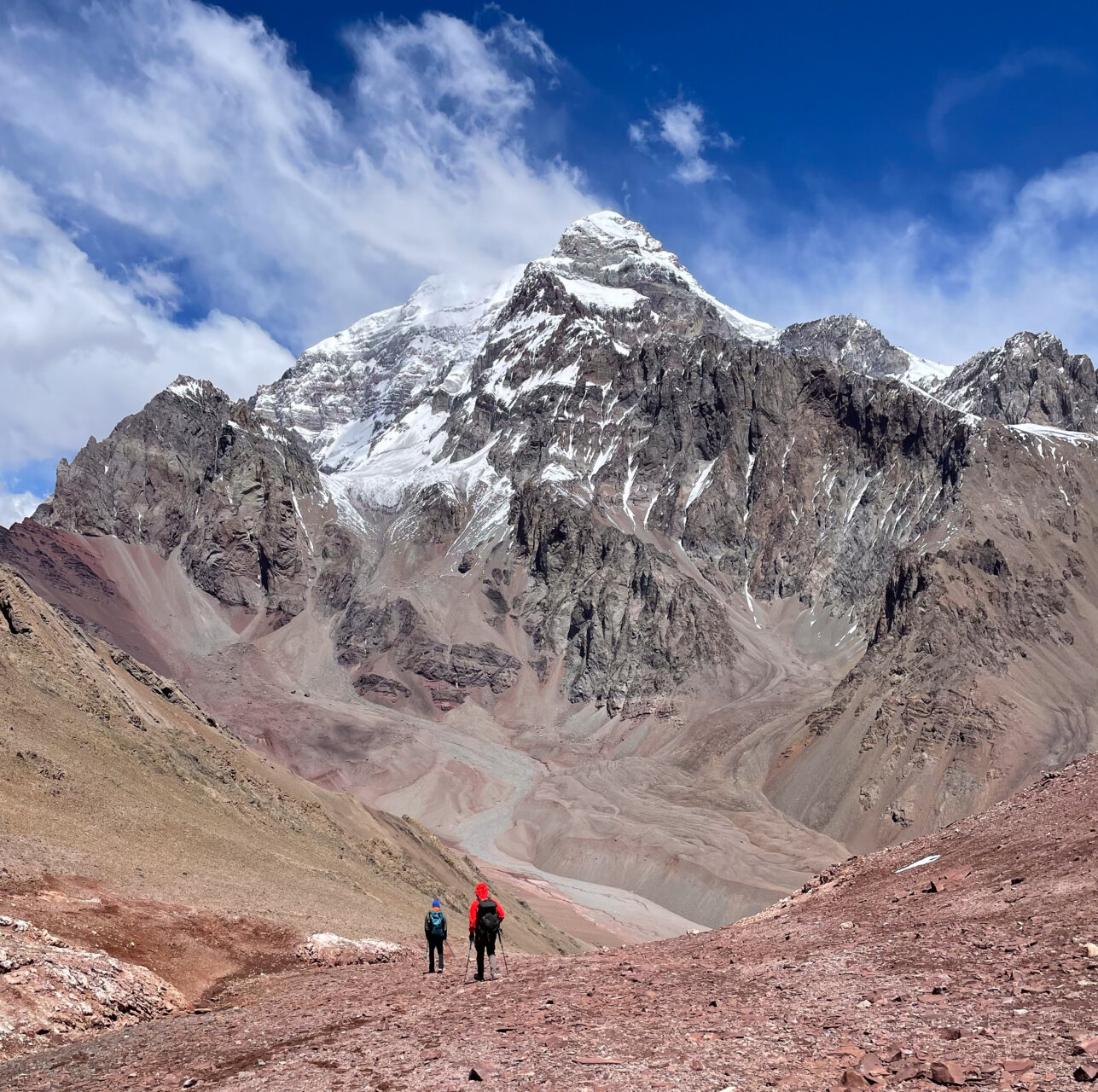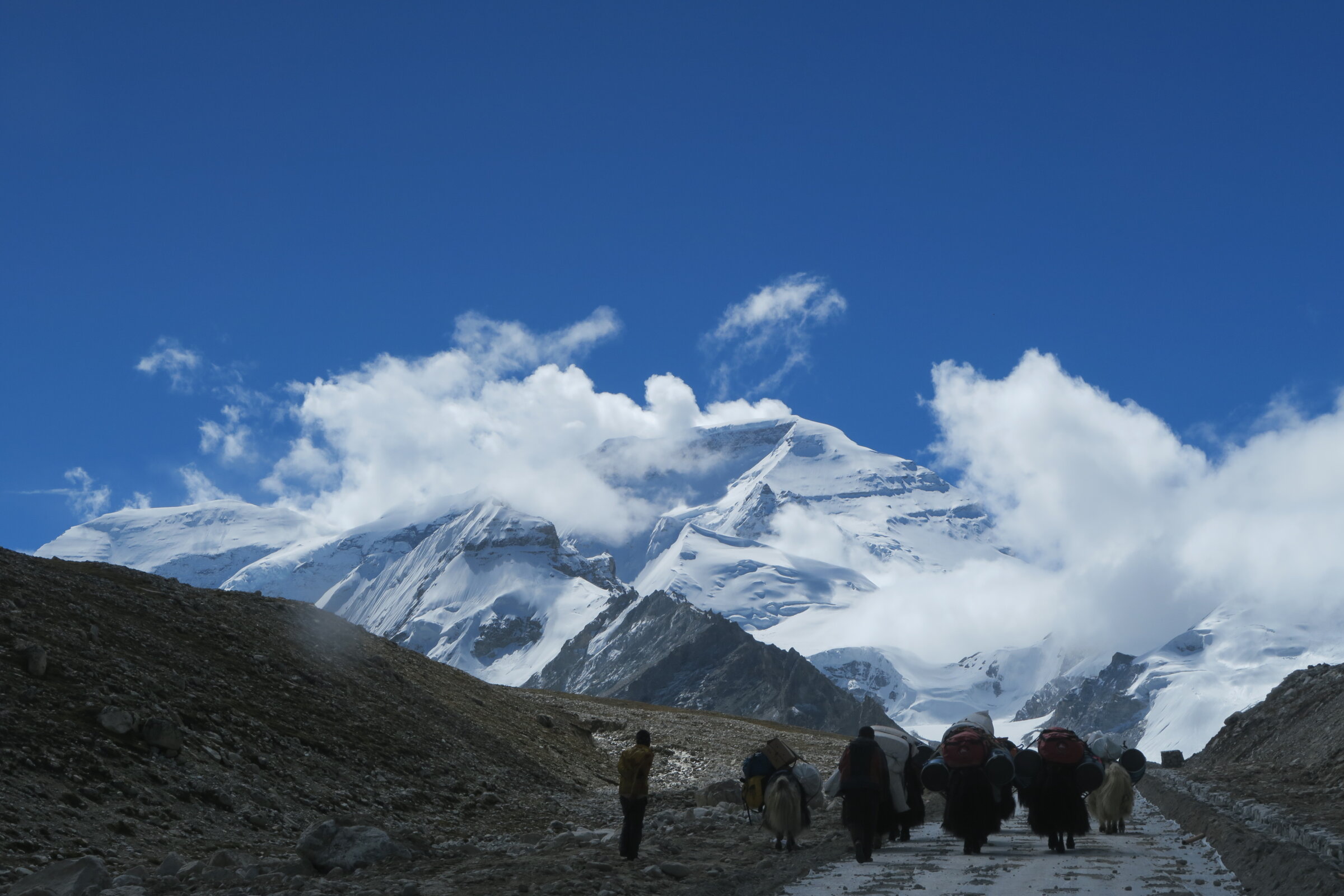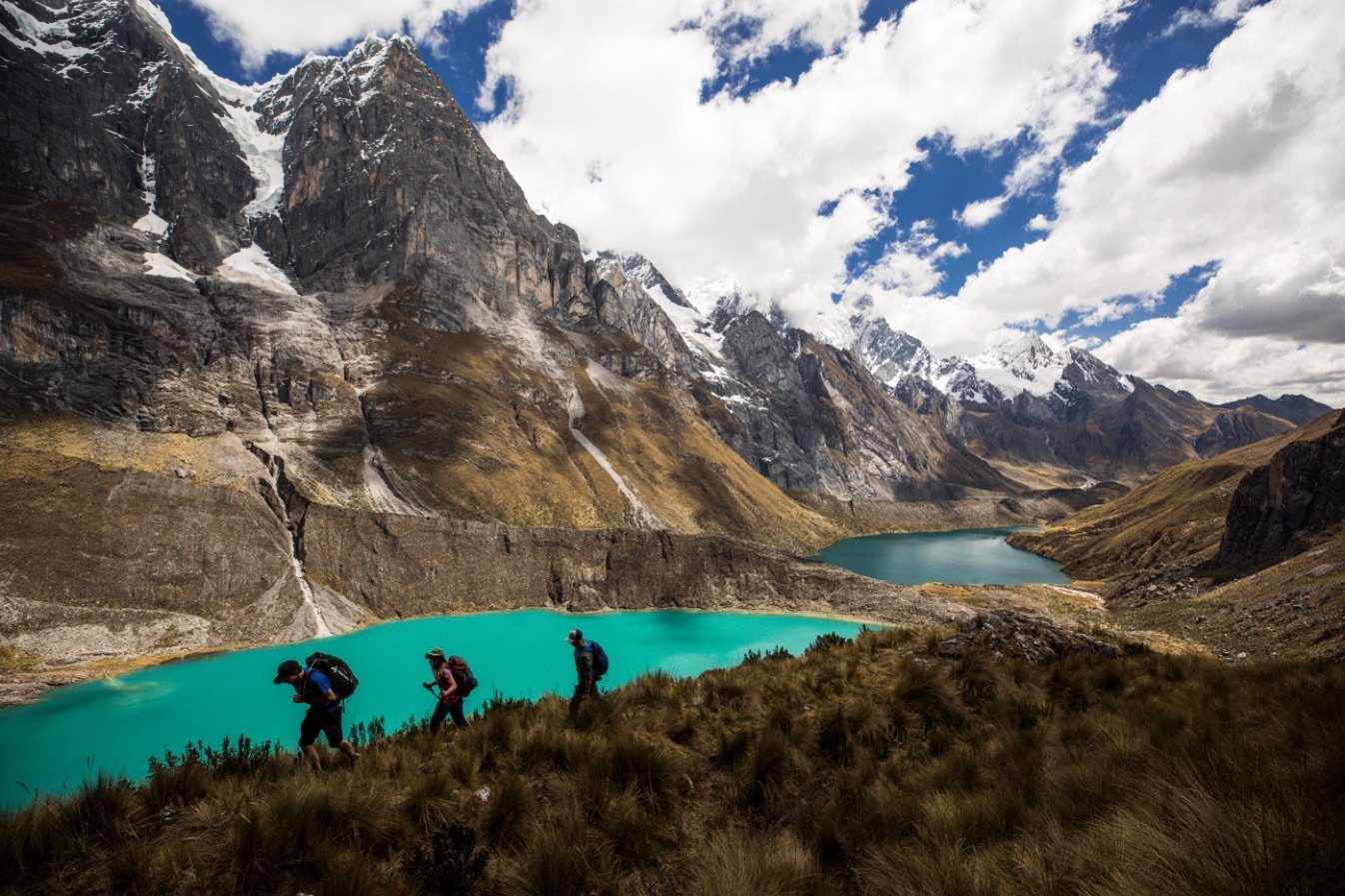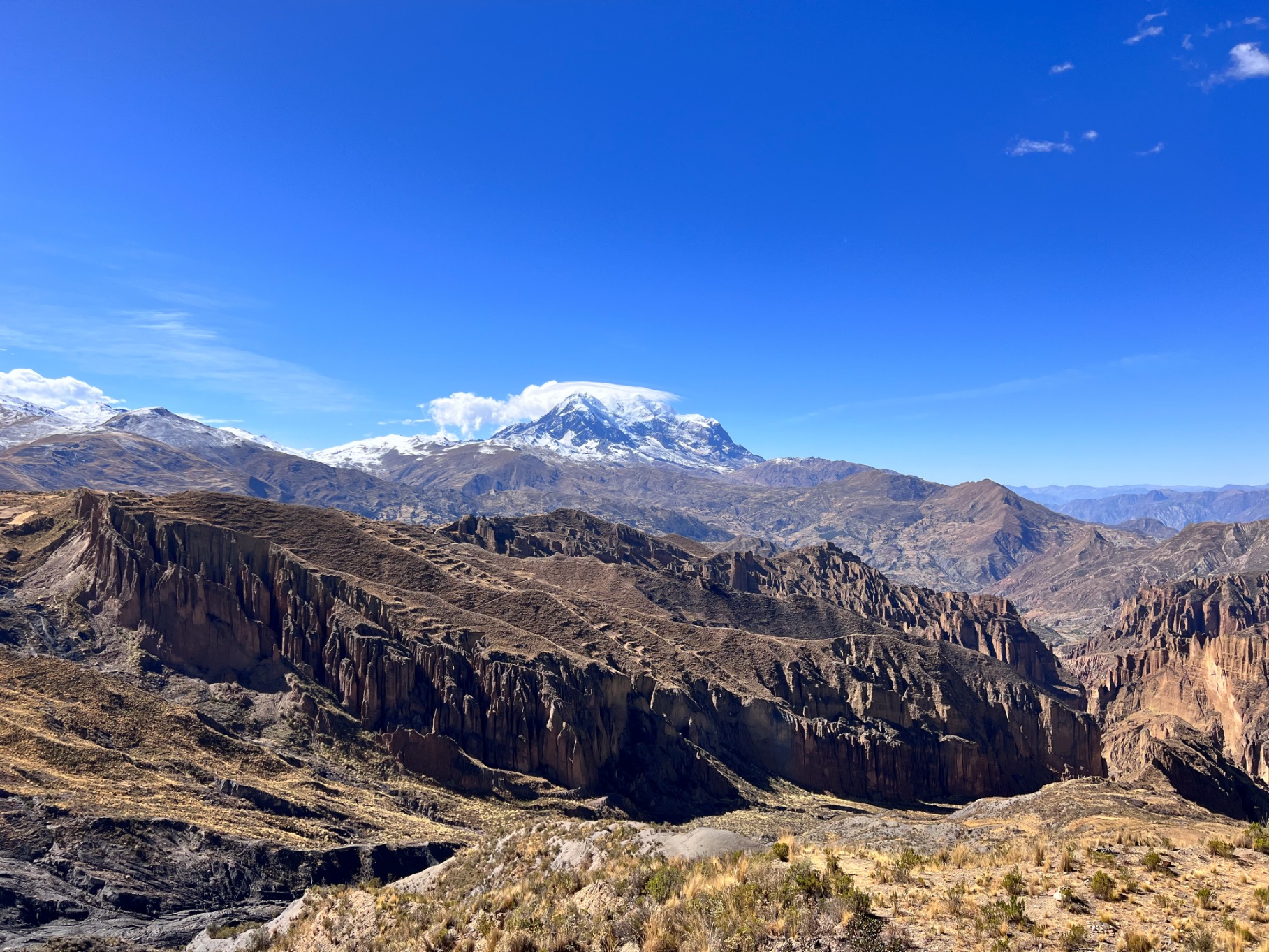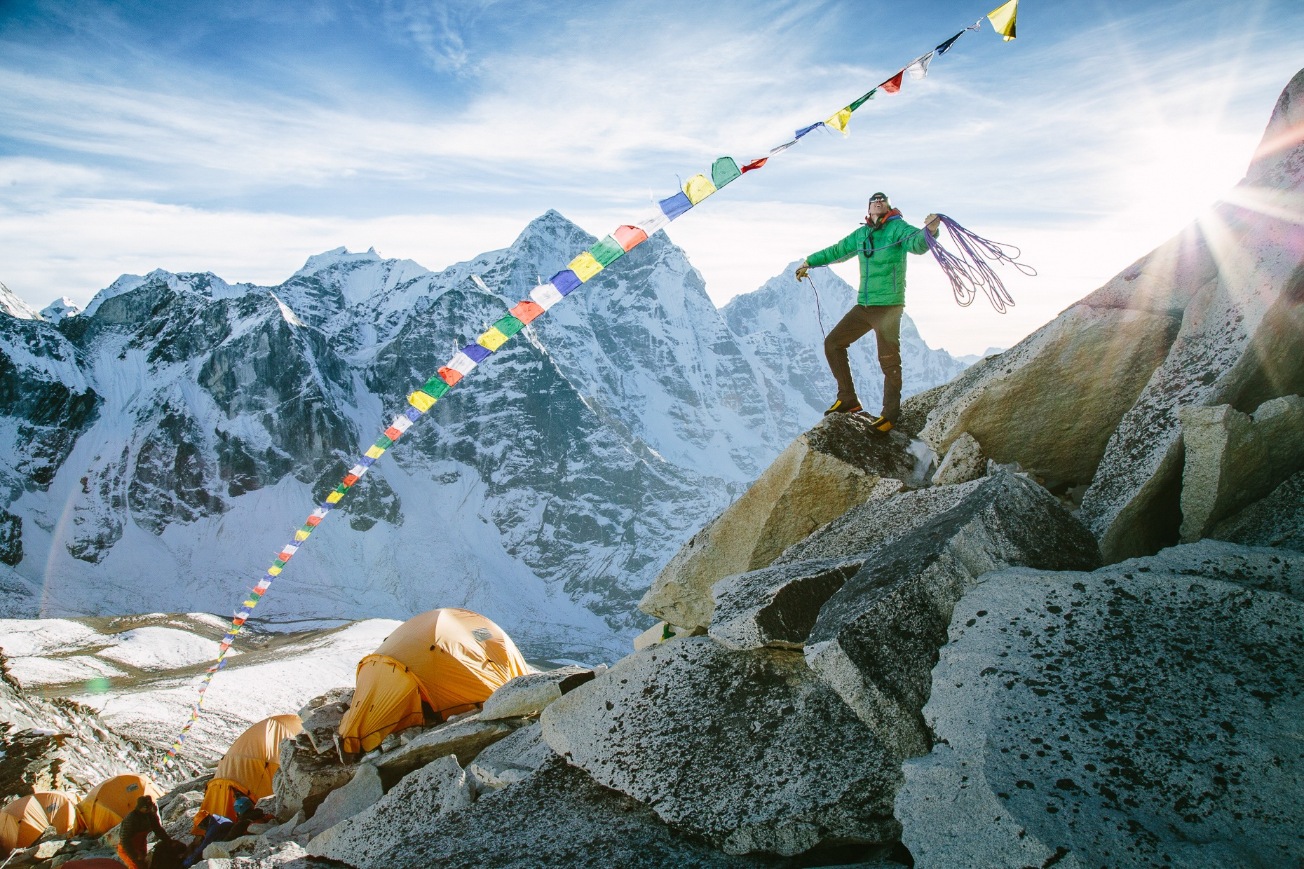What Movement Really Looks Like at Altitude
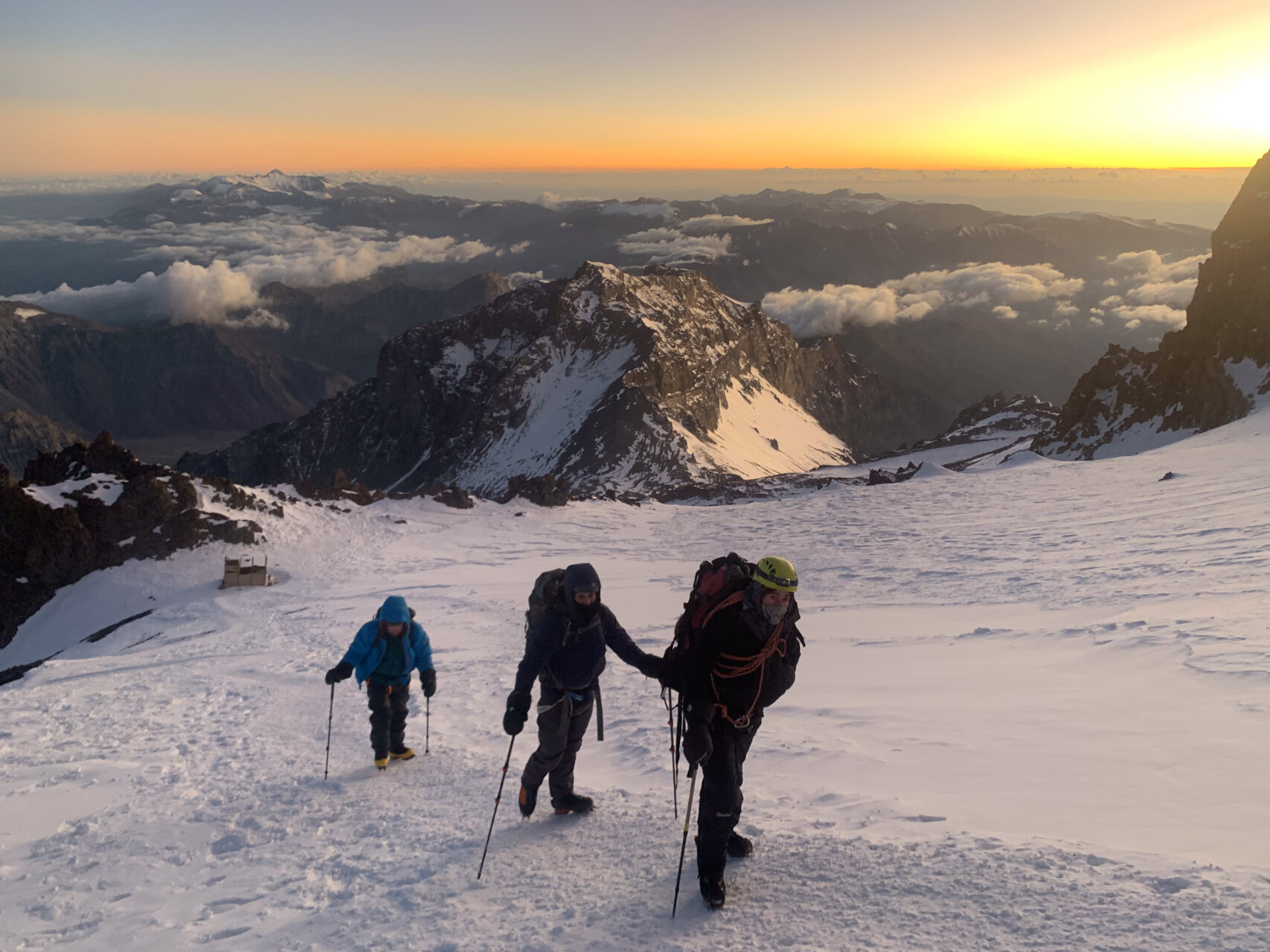
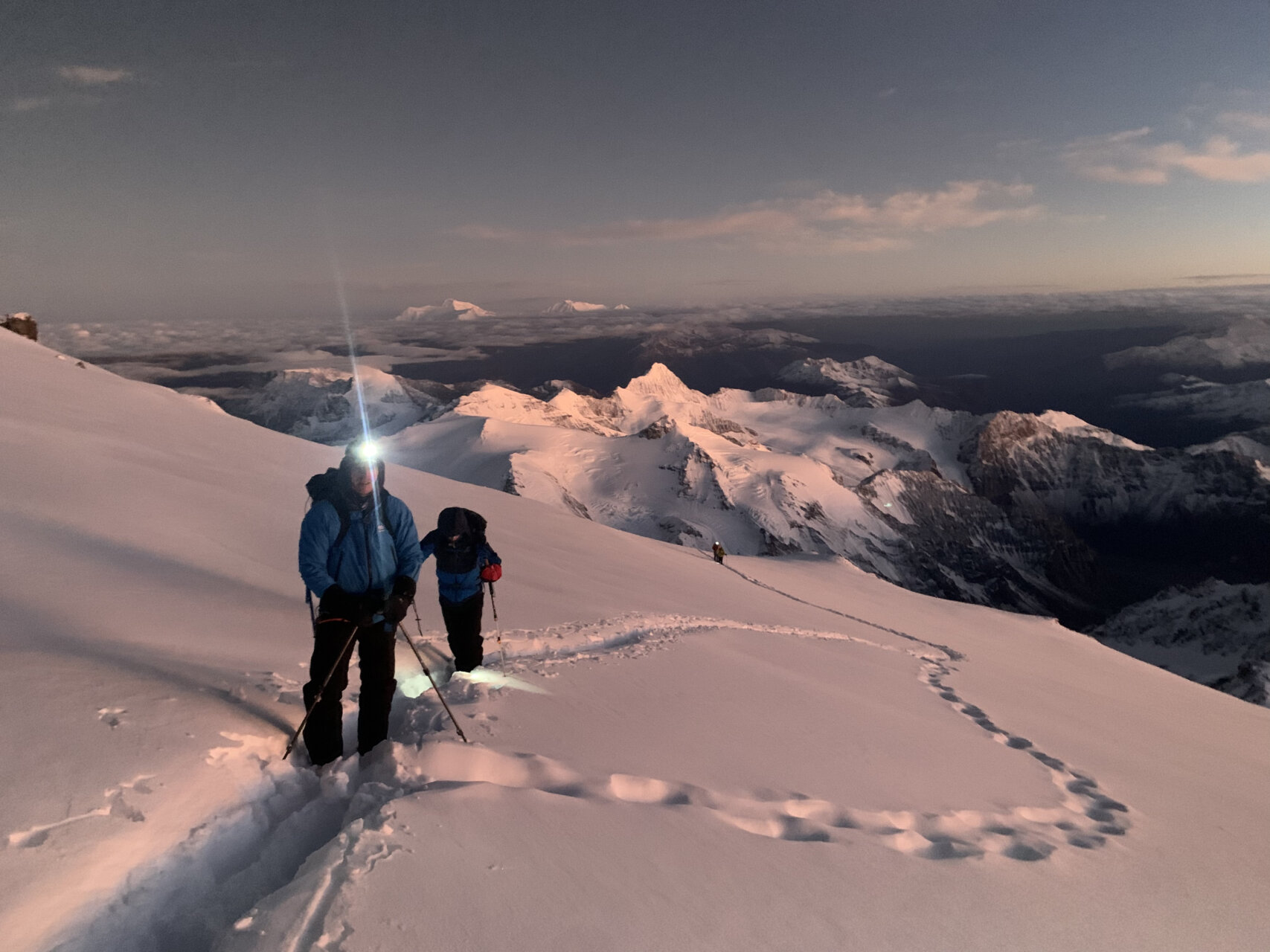
When most people imagine climbing a mountain, they picture big strides, steady power, and dramatic upward momentum. In reality, once you’re high above sea level, movement barely looks like movement at all. At altitude, even simple steps can feel like a major effort, and progress is defined less by speed than by persistence.
Why It’s So Slow
The higher you climb, the thinner the air becomes. At 18,000 feet and above, every breath delivers far less oxygen to your muscles than it does at sea level. This oxygen deficit changes everything. Walking at what would normally feel like a comfortable pace quickly leaves you gasping. Rushing is a recipe for burnout.
Climbers adjust by dialing things back. Movements get smaller. Breathing becomes deeper and more intentional. The body learns that efficiency isn’t about speed — it’s about conserving energy, maintaining balance, and keeping oxygen flowing to the muscles and brain.
The Rhythm of High Places
On mountains like Aconcagua, Denali, or the big Himalayan peaks, guides often talk about “mountain pace.” It’s not the kind of rhythm you’d use on a morning run or even a long hike at lower elevation. It’s a rhythm that looks slow to the outside eye, sometimes comically so — one deliberate step, a pause, a breath, then another step.
This style of movement isn’t weakness; it’s adaptation. Climbers find a cadence that allows them to keep moving without tipping into exhaustion. The line between too fast and too slow gets razor thin, and the only way to stay in it is to pay close attention to each step, each inhale, and each exhale.
Progress Redefined
At altitude, your definition of progress shifts dramatically. On a normal trail, covering a few miles might feel routine. But above 20,000 feet, moving a hundred vertical feet can take what feels like forever. That doesn’t mean you’re failing; it means you’re moving at the pace the mountain allows.
Each step becomes its own measure of success. You don’t think in terms of distance traveled. You think in terms of maintaining steady forward motion, no matter how incremental it seems. Summits are reached not in sudden bursts but in thousands of small, deliberate movements strung together.
Why It Matters
Climbing at altitude teaches a lesson that’s hard to learn anywhere else: progress isn’t always visible in speed or distance. Sometimes it’s measured in patience, control, and the discipline to keep going slowly when your body is telling you to stop.
That lesson extends beyond the mountains. The slow, deliberate steps that carry you toward a summit mirror the kind of persistence required in other parts of life — work, relationships, long-term goals. Moving forward doesn’t always look impressive from the outside, but steady effort adds up.
At the end of the day, the mountain decides how fast you can go. Your job is simply to keep moving, one step at a time, until all those small movements carry you higher than you thought possible.
Keen to get into the mountains? Get in touch with our team.
